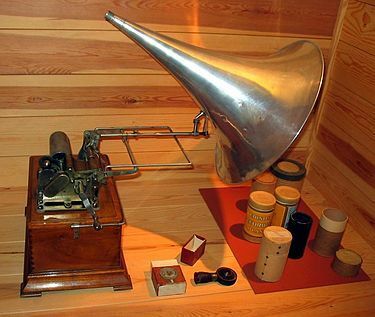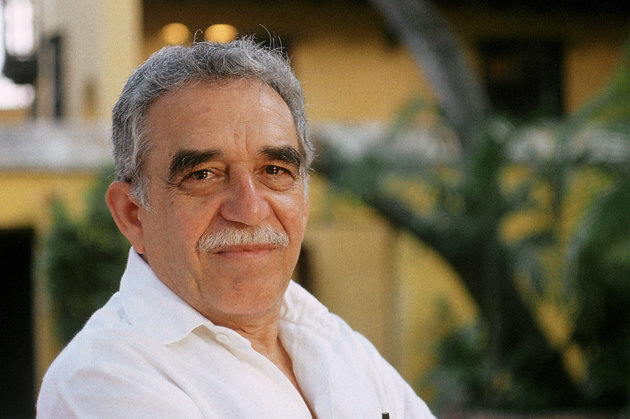Lord Byron (1788-1824), sixth Baron of the Byrons, was one of the leading British poets of romanticism.
His name was George Gordon Byron and he was born in London on January 22, 1788. He was the son of John Byron and Catherine Gordon of Gight.
His father died shortly after his birth and his mother took him to Scotland. He became Baron of Byron in 1798, after the death of his grandfather, and thus used the title of nobility in his amorous conquests.
He studied at Cambridge, where he got his master's degree. But it was shortly after entering university that, at age 19, he published his first book of poetry.
In 1815 he married Anne Milbanke, whom he divorced the following year after a scandal over incest with his half-sister. For this reason, he was forced to move to Switzerland.
His daughter Allegra, who died of fever, is the result of a relationship with Claire Clairmont, a woman he lived with in Geneva.

Construction
Lord Byron's work is characterized by the presence of autobiographical elements. Byron was a critic, he expressed himself melancholy, and he was a romantic pessimist.
As a student he published his first book of poetry. hours of leisure, as it was called, was published in 1807 and was the target of much criticism.
Years later, in 1811, the first two songs he wrote, which compose The Pilgrimage of Childe Harold, was so well accepted that it was translated into several languages.
The tales in this book were written in different years. The first of them, during a tour with friends in Europe, and thus, in addition to recounting the landscape of places he visited on that continent, portrays the life of a disillusioned hero.
Byron can be confused with this hero, as he seems to describe himself.
the corsair and Lara, written shortly thereafter, in 1814, affirm his talent.
follow The Siege of Corintho (1816), chant III of The Pilgrimage of Childe Harold and the prisoner of chillon.
manfred, a poem called demonic, was published in 1817.
In 1818 he published Canto IV of The Pilgrimage of Childe Harold, as well as beppo.
don Juan, in turn, began to be written in 1819, but was never finalized.
The Deformed Transformed was written in Greece in 1824.
It is important to mention that the Brazilian poet Álvares de Azevedo, from the second generation of romanticism, shows that he was influenced by Byron. Like him, other foreign writers were also influenced by English.
In Brazil, the second phase of romanticism was known as the “Byronian generation”, precisely because of its influence.
Victim of fever, Byron died on April 19, 1824, in Greece, when he had gone to fight in the Greek War of Independence.
This made Byron popular in Greece. After his death, his body was transferred to England, however, his heart was buried in Greek lands.
Read too: Ultraromanticism and Second Generation Romantic
Translated poems
Verses Inscribed in a Cup Made of a Skull
“No, don't be scared: my spirit hasn't fled
See in me a skull, the only one that exists
Which, unlike a living forehead,
Everything that flows is never sad.
I lived, loved, drank, just like you; I died;
That renounce and land my bones
Fill up! You cannot injure me; have the worm
More disgusting lips than yours.
Where once shone, perhaps, my reason,
To help others shine now and;
Substitute will be nobler than wine
If our brain is already lost?
Drink while you can; when you and yours
You have already gone, another people
May redeem you from the land that embraces you,
And feast with the dead and try the rhyme itself.
And why not? If the sources generate such sadness
Through the short-day-existence,
Redeemed from worms and clay
At least they can be of some use.”
Music Stations
"There is no joy that the world gives, as it takes away.
When, from the thought of before, the passion expires
In the sad decay of feeling;
It's not just the blush on the young face
Fainting fast, but from thought to flower
It is gone before the youth itself can go.
Some whose souls float in the shipwreck of bliss
To the rocks of guilt or the sea of excess are taken;
The route magnet is gone, or only and in vain points to the obscure
Beach that will never reach the lacerated cloths.
Then, deadly cold of the soul, as the night descends;
She does not feel someone else's pain, nor does she dare to dream;
all the source of the weeping, the cold came to chill her;
The eyes still shine: it is the ice that appears.
From the lips flow the spirit, and the joy invades the chest,
At midnight, with no hope of rest:
It's like the ivy around a ruined tower,
Green on the outside, and fresh, but gray on the underside.
If I could feel or be like in hours past,
Or how in the past about scenes gone to cry so much;
The fountains, if salted, look like sweets in the desert:
In the wilderness of life like this would be tears for me."



